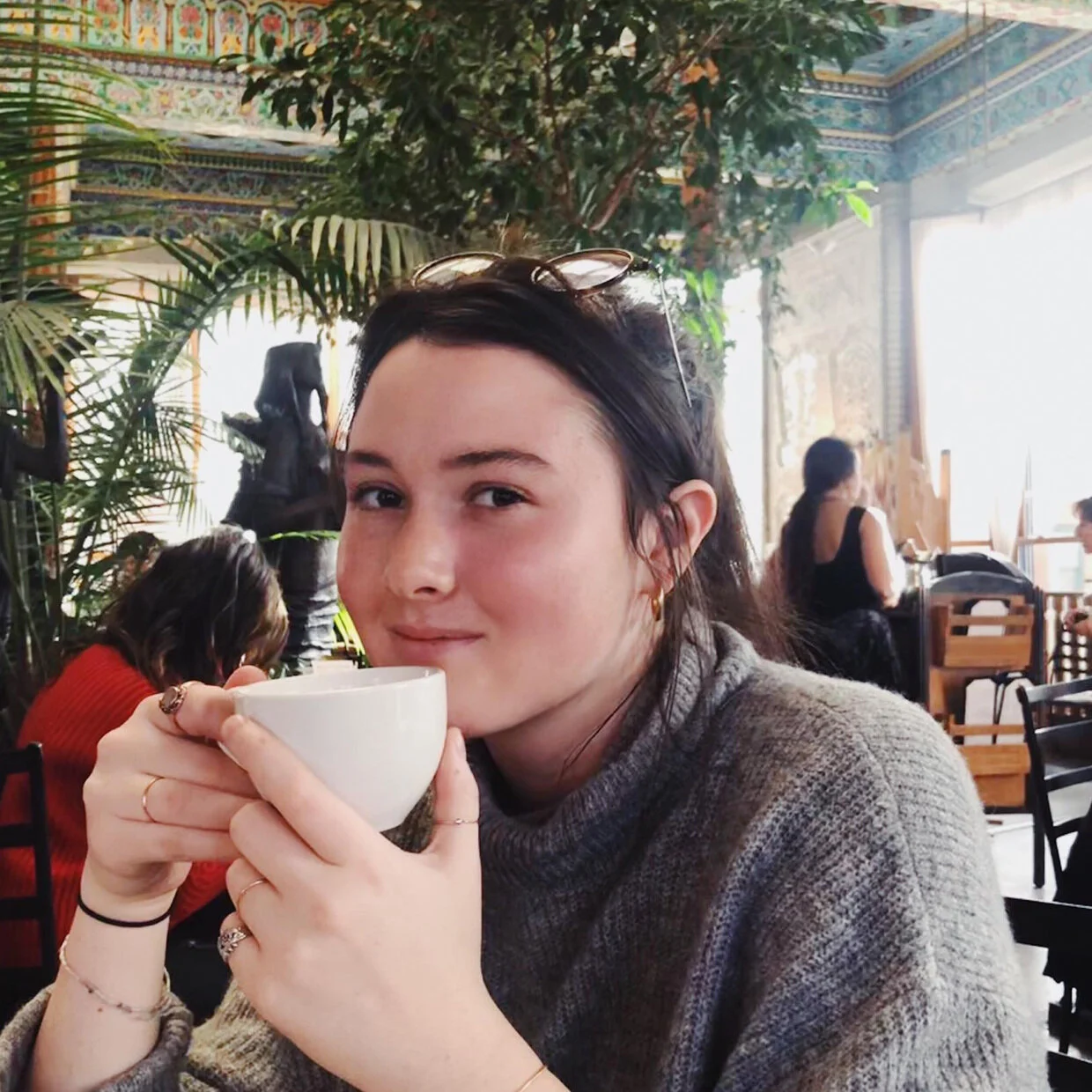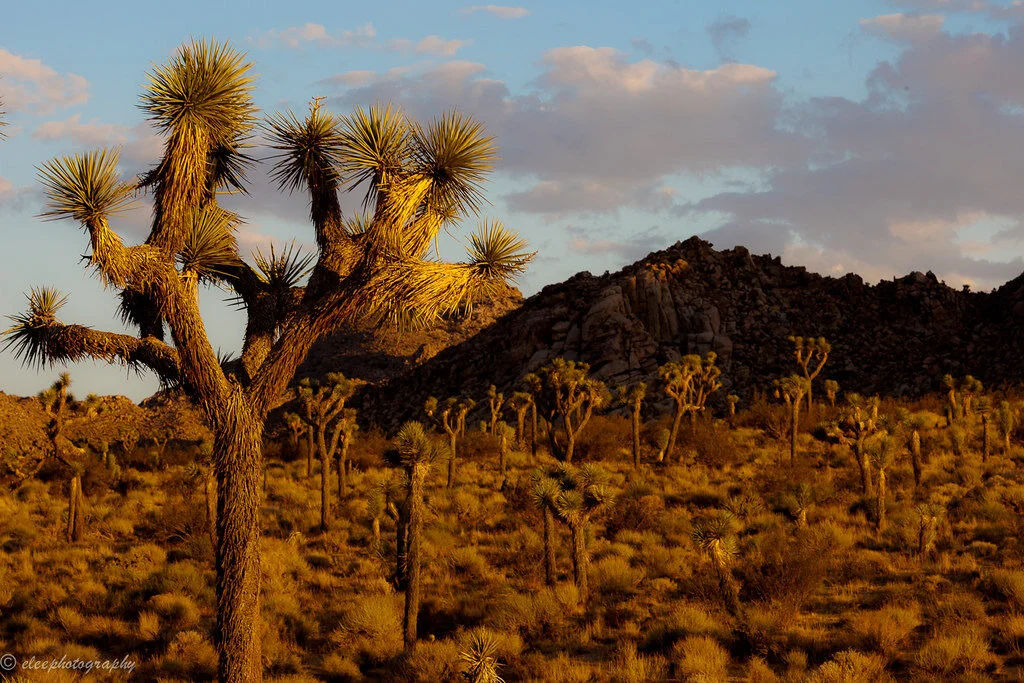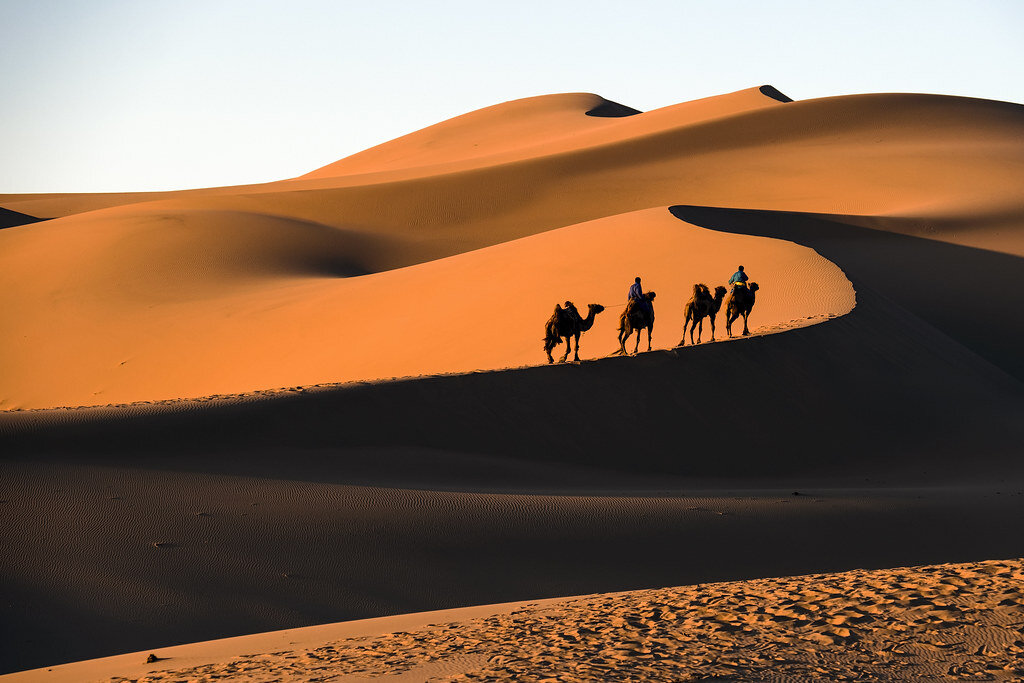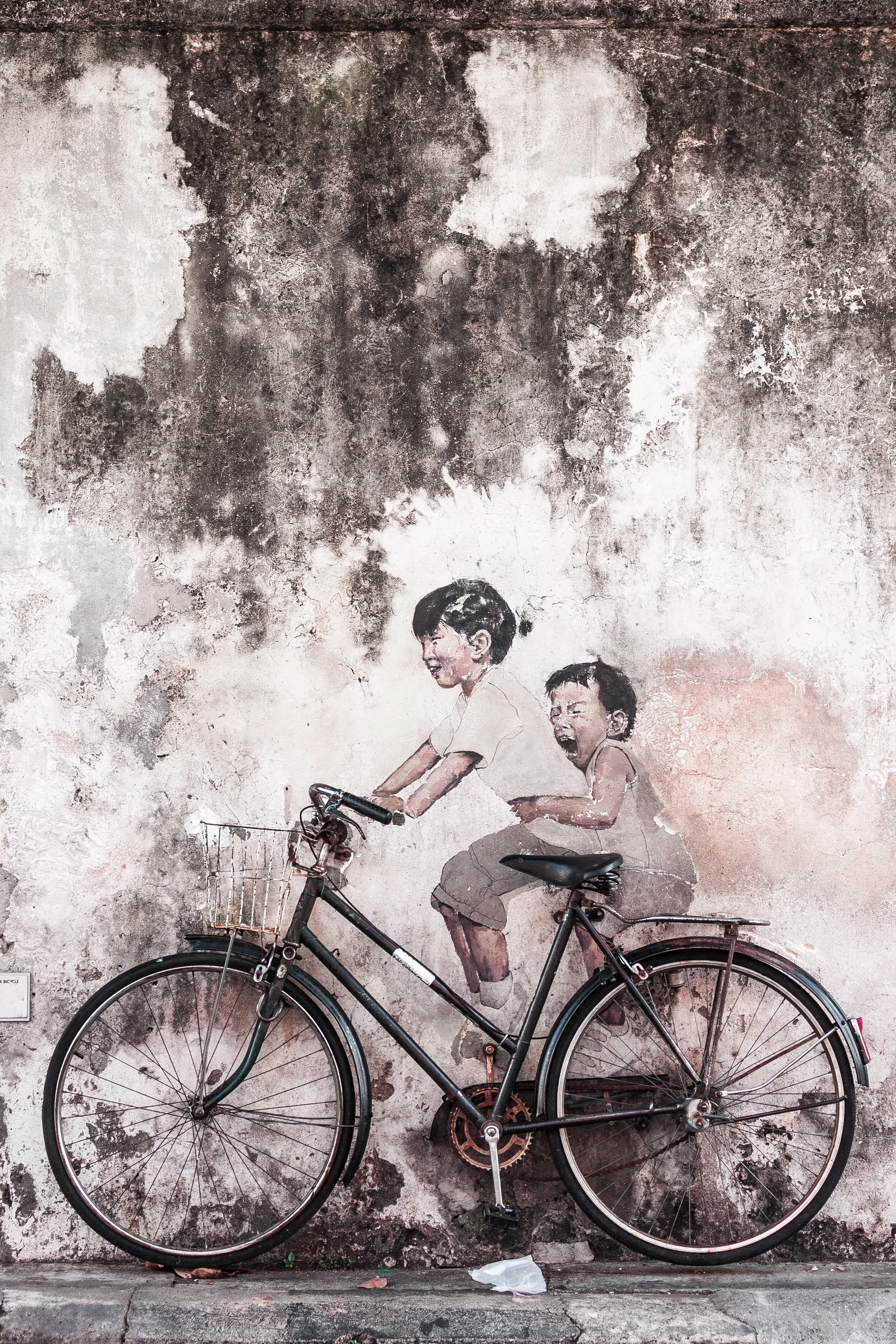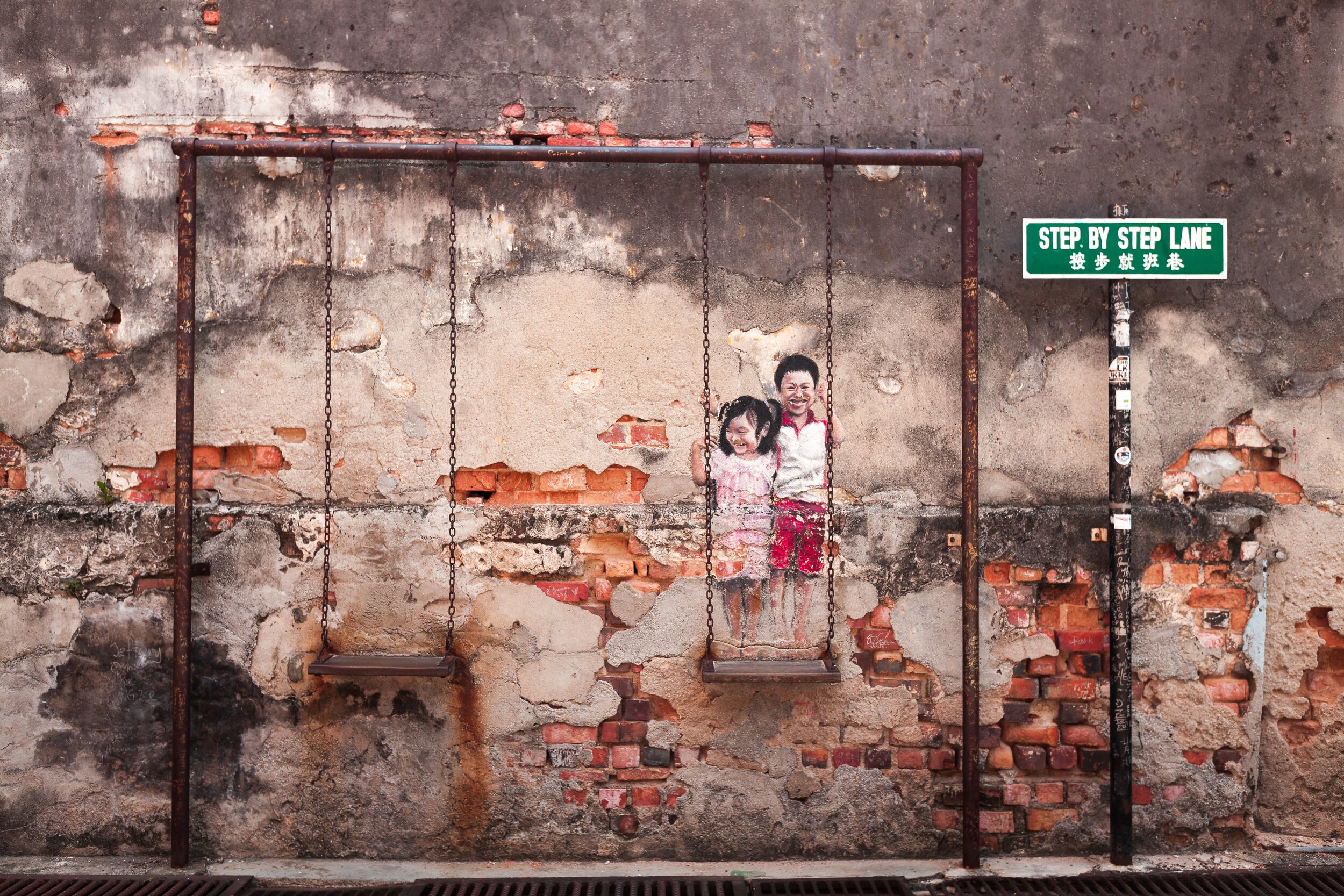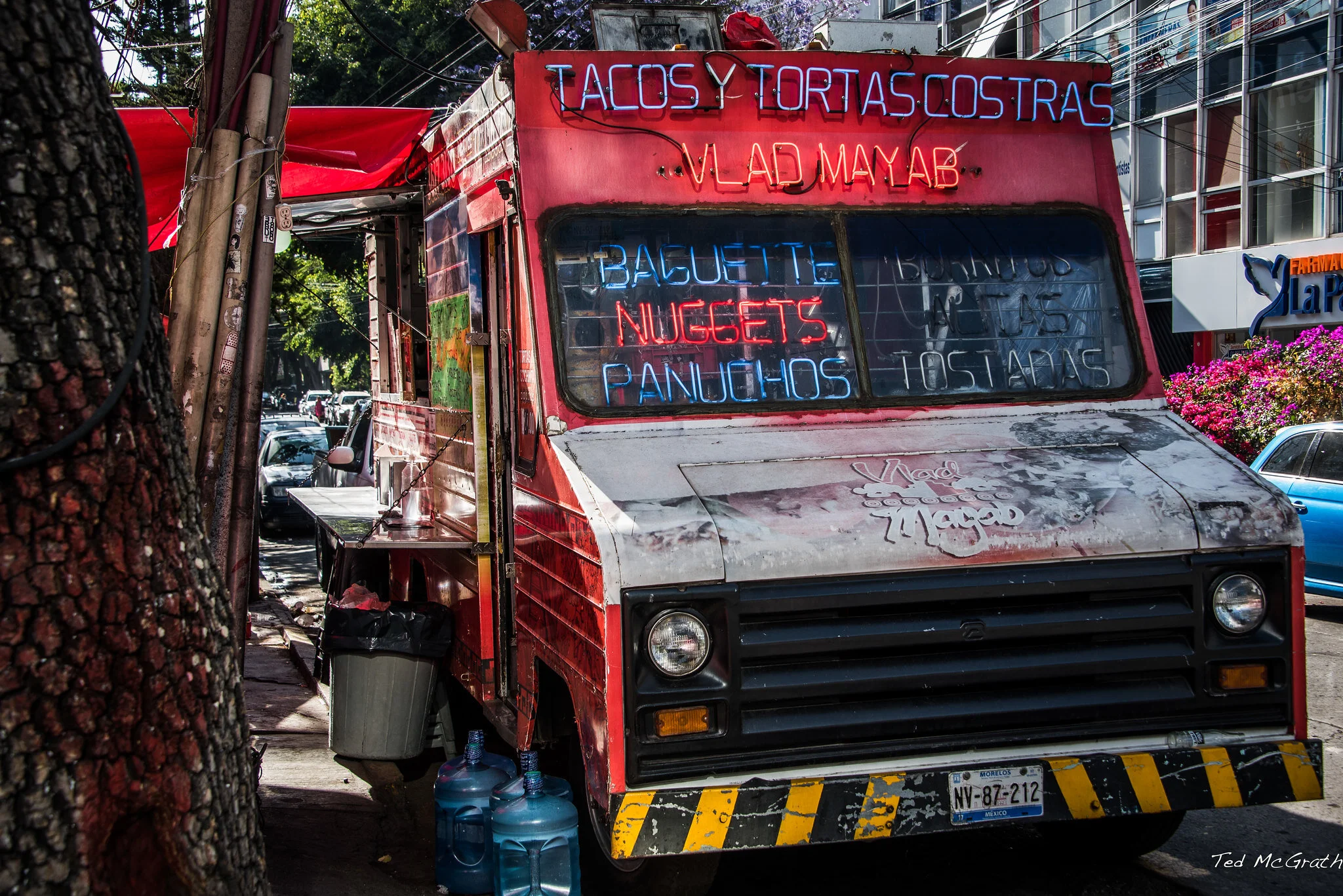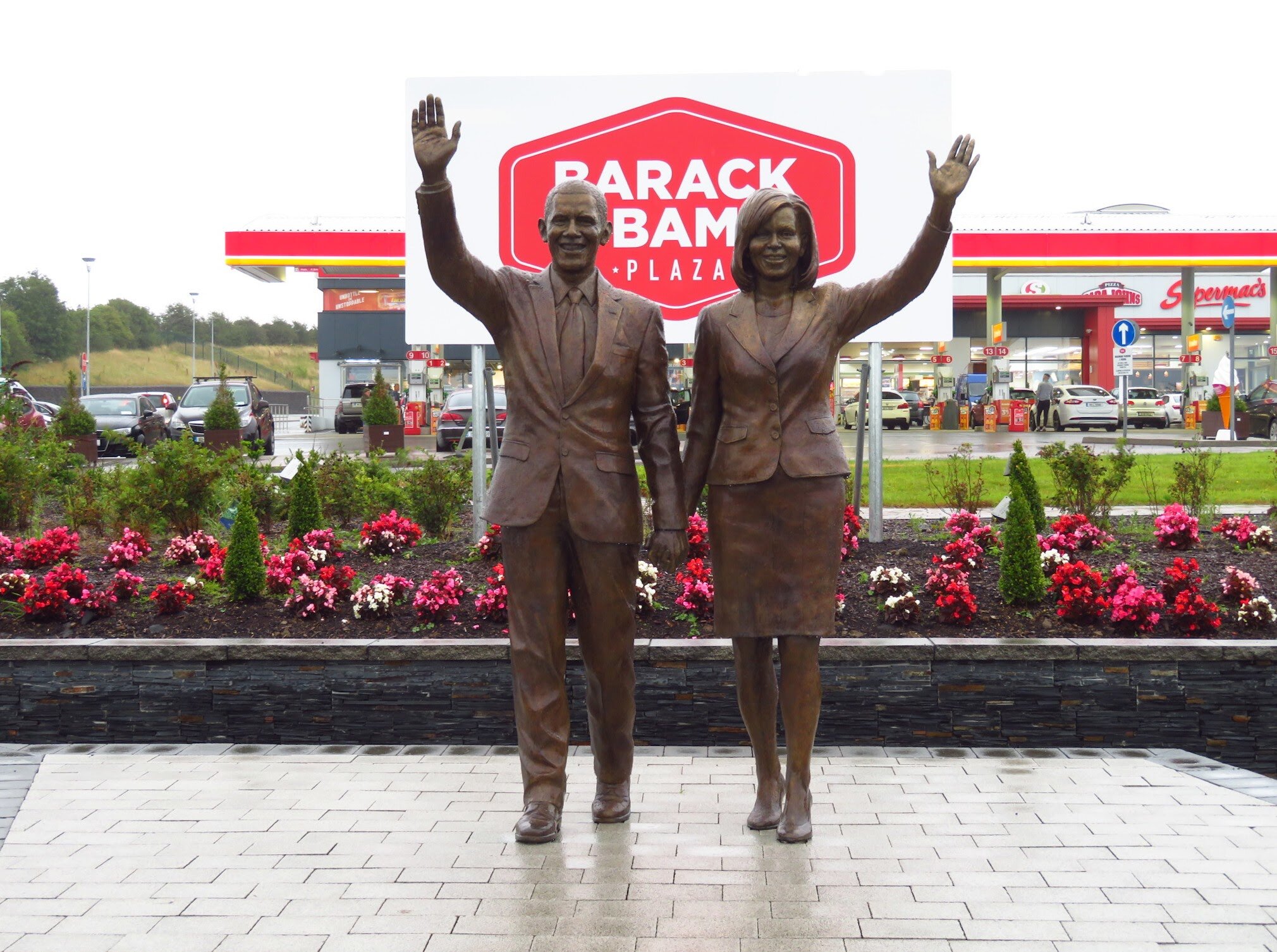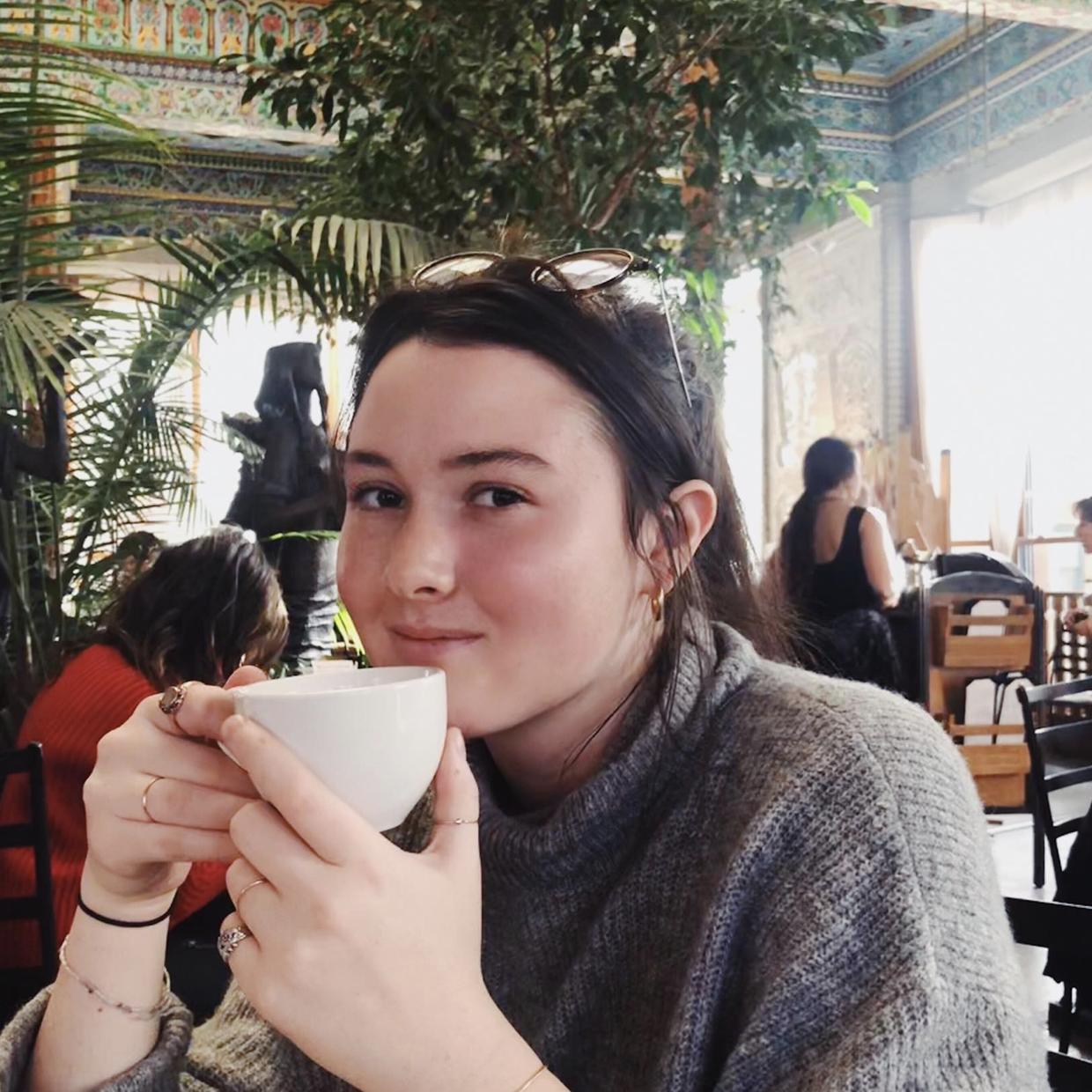In London, Mayor Sadiq Khan promises police reform after months of Black Lives Matter protests. By committing to hiring diverse police officers, Khan sets the precedent for other major cities to follow.
The Metropolitan Police Service at Trafalgar Square in London. CGP Grey. CC BY 2.0.
On Nov. 13, the mayor of London, Sadiq Khan, announced that by 2022, at least 40% of new recruits will be from minority backgrounds. Like many police forces around the world, London’s police have come under criticism in the wake of the Black Lives Matter protests that began in the United States. London’s action in reforming its police force sets the precedent for other communities to follow.
The Metropolitan Police Service (MPS) is Britain’s largest police force. Also known as Scotland Yard and colloquially called the Met, MPS employs over 44,000 police officers and receives over 25% of the police budget for England and Wales. Along with most other police forces, the Met has come under criticism in the wake of the Black Lives Matter protests and demands for police brutality reform. London’s record with police brutality is quite different than that of America’s, but it and racial inequality are still common across the United Kingdom. In the U.K., Black people are more than nine times more likely to be stopped and searched by the police than White people. Though people of color make up 13% of the population in England and Wales, 48% of minors in custody belong to the group.
While London is an incredibly diverse city, in 2017 an overwhelming 87% of MPS officers were White, with just 13.3% of officers identifying as Black and Minority Ethnic. These statistics have come under fire recently, with Black Lives Matter protesters taking to the streets of London demanding reform. Protesters turned out in thousands throughout the summer of 2020, with protest numbers spiking after Prime Minister Boris Johnson declared the U.K. as “not a racist country” and designating protesters’ behavior as “thuggery.”
Mayor of London Sadiq Khan. Steve Punter. CC BY 2.0.
Despite Prime Minister Johnson’s wavering views toward protests, the mayor of London, Sadiq Khan, acknowledged the institutional racism that he believes inflicts the country. In a statement from the mayor’s office, Khan said: “To the thousands of Londoners who protested peacefully today: I stand with you and I share your anger and your pain. George Floyd’s brutal killing must be a catalyst for change worldwide. No country, city, police service or institution can absolve itself of the responsibility to do better. We must stand together and root out racism wherever it is found. Black Lives Matter.” Khan’s acknowledgment of racism and discrimination is groundbreaking compared to American political leaders’ relative lack of action regarding this issue.
On Nov. 13, Sadiq Khan announced that by 2022, at least 40% of new recruits in the MPS will be from minority backgrounds. Metropolitan Police Commissioner Cressida Dick released a rare public statement acknowledging that the Met “is not free of discrimination, racism or bias.” Commissioner Dick also announced that her “job is to continue to try to eliminate any such racism and discrimination, however it appears.” London’s active anti-racist stance will set the precedent for other communities and cities to follow. This commitment to diversity is evidence of tangible and long-lasting change within potentially racist institutions.
Sarah Leidich
Sarah is currently an English and Film major at Barnard College of Columbia University. Sarah is inspired by global art in every form, and hopes to explore the intersection of activism, art, and storytelling through her writing.



